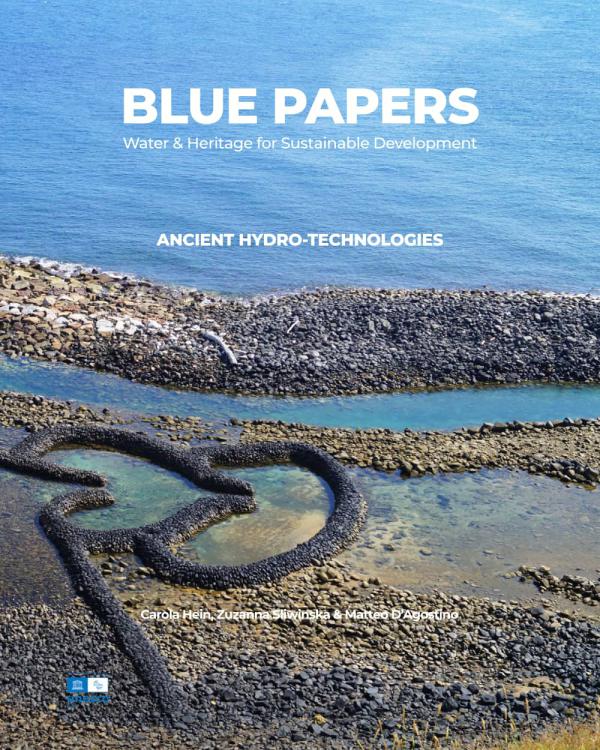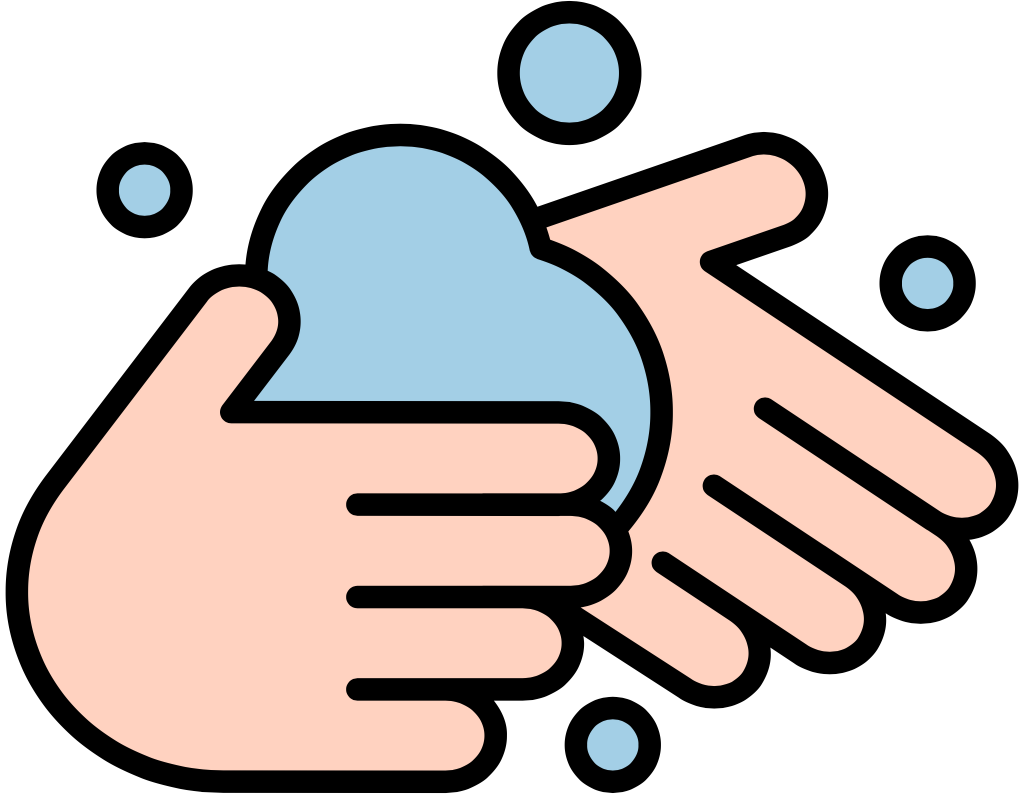
Synopsis
As humanity becomes aware of the impacts of climate change and mobilizes to address the inescapable challenges of increasing resource scarcity and of protecting the planet from the damage caused by human activities, innovation becomes a key tool for rethinking our lifestyles and consumption models – that is, the organization of our societies. If it is true at the global level that water crises will inevitably escalate in coming decades, the kind of innovation that we adopt must consider future generations. Our goal should be to leave them an environment that respects biological diversity and ecosystems – where all forms of life coexist in natural balance – thereby ensuring a healthy environment for human communities as well.
If, then, the innovative approach is absolutely fundamental to overcoming a water and climate crisis that is unprecedented in human history, why not also consider what sustainability lessons we can learn from the development models that have preceded us, with a view also to learning from mistakes that have been made? Why not take a look, then, at those traditional knowledge and water management systems that we have often been so quick to relegate to the past - but which are actually the result of extraordinary social, cultural and technological innovations?
On closer inspection, in fact, these are solutions that have been “tested” over centuries and whose sustainability has been witnessed by countless generations residing in the most diverse ecosystem on earth. The uncritical application of new technologies risks the extinction of contemporary ways of life and social organizations that, by their very nature, are ecological and deeply respectful of nature. These are practices inherited from the past that we should take as models for rethinking our future systems of production and resource use.
Here, then, is where this thematic issue of Blue Papers dedicated to AHTs proves to be of fundamental help in rethinking current development models. The various contributions included here show concrete historical cases that can inspire new solutions based certainly on innovative technologies but anchored, at the same time, in that wise hydro-vision of centuries-old social practices of water management. These are practices that demonstrate a forward-looking coexistence with the ecosystems on which life depends – an important basis of a healthy and clean environment.
ADASA is convinced that this is the right approach and it is with this in mind that we are working to realize our MINA Water Memorial project in Brasilia – a water museum that adheres to the UNESCO-IHP principles implemented by the Global Network of Water Museums. In this water museum, we intend to create a state-of-the-art exhibition space to give voice to management models based on ancient hydro-technologies. Indeed, museums represent a powerful medium of science communication, capable of translating complex scientific concepts into compelling narratives that resonate with audiences.
Such an exhibition on ancient hydro-technologies will showcase concrete examples as a platform for dialogue, discussion and sharing among government agencies, civil society, environmental associations and business to build a more just and equitable future.
In this spirit, ADASA intends to continue its efforts, also through MINA, for fostering holistic and multidisciplinary reflections for action that rely on forward-looking sources of knowledge for integrated governance of water and heritage.





